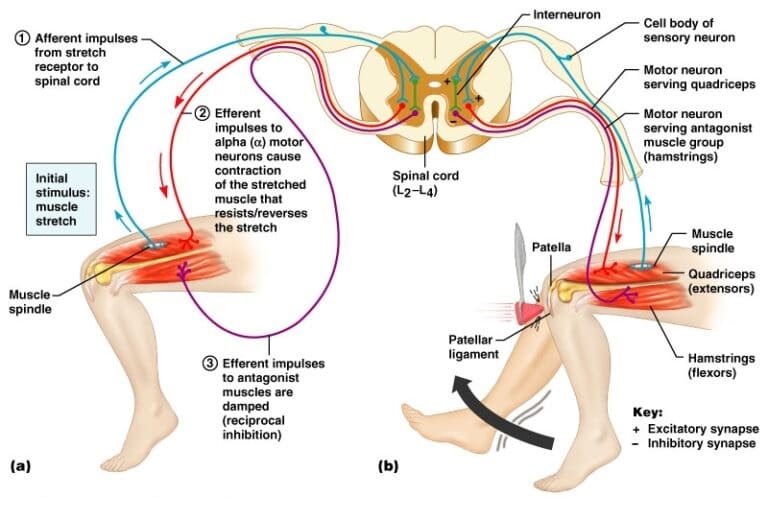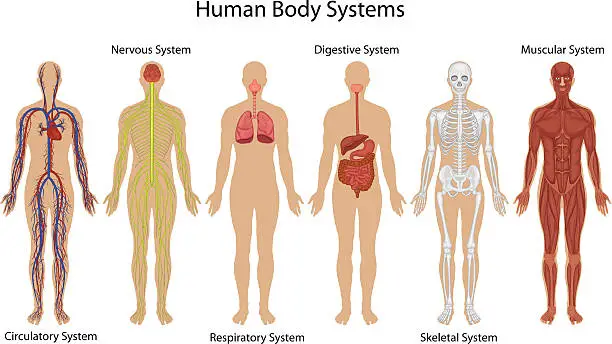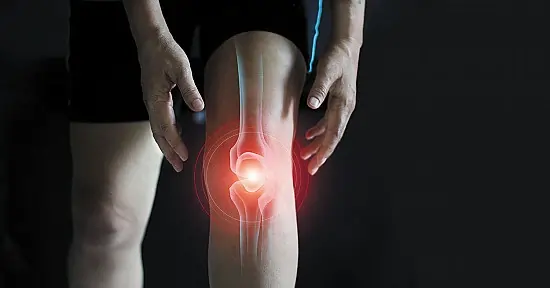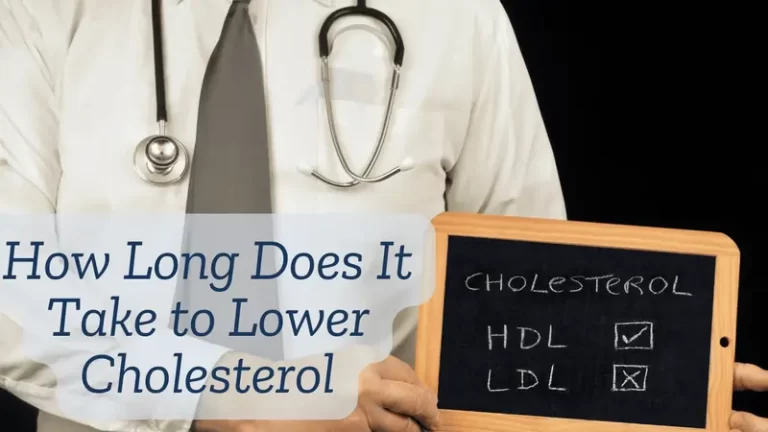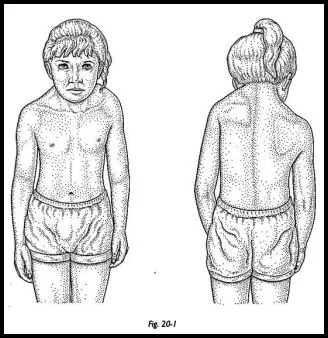Reflexes: Types and Testing
Introduction
A reflex is an uncontrollably stereotyped, involuntary response to a specific sensory stimulus. Every healthy individual possesses a variety of reflexes. Actually, the majority of them are innate. An impulse is dealt with by reflex arcs prior to it reaching the brain.
The way the reflex reaction is shaped depends in large part on two aspects of the sensory stimulus. Second, the response’s amplitude is determined by the stimulus’s strength. Thus, reflexive behaviors are graded.
Definition
Reflexes are instinctive reactions to stimuli that happen automatically and don’t require conscious thought since they happen along a reflex arc.
The reflex arc can be
Polysynaptic, for example, is a group of several interneurons (sometimes termed relay neurons) that serve as a bridge between the motor and sensory neurons in a reflex circuit.
Types of Reflexes
- Superficial reflexes: Plantar response, abdominal reflex, cremastic reflex, and ocular reflex are examples of superficial reflexes.
- Deep reflexes: knee jerk, ankle jerk, brachioradialis, triceps, and biceps.
Among the reflexes examined are the following:-
- Biceps (the C5 and C6 innervations)
- Brachialis radialis through C6)
- Triceps (as stated by C7)
- C8: Distal finger flexors
- Knee jerk of quadriceps through L4)
- A jerk of the ankle (by S1)
Technique for testing reflexes
It is necessary for the muscle group to be tested to be in a neutral state, meaning it cannot be extended or contracted. Asking the patient to flex the muscle it is linked to will make it easier to find the tendon. You shouldn’t cause suffering.
Grades of Reflexes
- 0 — There is no sign of a contraction
- 1+ — Diminished but not eliminated (hypo-reflexic).
- 2+ — Normal
- 3+ – Super-normal (3+) or excessively reflexive Hyperreflexia
- Associated with multiple sclerosis and other upper motor neuron-related diseases.
- 4+ — Clonus: Repeated muscular contraction following a single stimulus.
Abnormal Reflexes (Pathologic Reflexes)
A loss of cortical inhibition is demonstrated by pathologic reflexes, which revert to primitive reactions like grasping, Babinski, and rooting.
Other Reflexes :
An ankle dorsiflexion test for clonus, which is defined as a rapid, rhythmic alternation of muscle contraction and relaxation caused by abrupt, passive tendon stretching, is performed. A disease of the higher motor neurons is indicated by persistent clonus.
Significance of Superficial Reflexes in Physical Therapy:
- Abdominal reflex
- Cremastic reflex: Males experience the cremastic reflex when their inner thighs are caressed; ladies have the Gehl reflex in response. This response aids in the assessment of testicular torsion, which is linked to a loss of reflex, as well as the evaluation of acute scrotal pain.
- Corneal reflex: A cotton swab is gently rubbed over the cornea to trigger it.
- Plantar reflex: Upstream from the segmental reflex, the plantar reflex is an abnormal reflex that signals a structural or metabolic anomaly in the corticospinal system.
Deep reflex:
Jaw Jerk:
Neurologists use a reflex test called a “jaw jerk” to assess how well the brainstem more specifically, the trigeminal nerve (also called cranial nerve V) and its associated pathways is functioning. The jaw should slightly close in response; an excessive or nonexistent response may be a sign of neurological problems. Though less frequently employed than other reflex tests, it can yield important insights into a patient’s neurological condition.
Biceps Reflex:
The C5 and C6 spinal nerves, which are a component of the brachial plexus, can be tested for integrity using the biceps reflex, a popular neurological examination. This is how it’s usually tested:
- Positioning: The patient should be positioned so that their arm is relaxed and slightly bent at the elbow, either sitting or lying down.
- On the other hand, an exaggerated reflex might be a sign of neurological disorders that impact the upper motor neurones. To assess overall reflex and nerve function, this test is typically a component of a more comprehensive neurological examination.
Triceps Refle :
Assist the patient by holding their forearm in yours or resting it on their thigh, with the arm halfway between flexion and extension. There is a forearm extension.
Brachioradialis Reflex:
It is important to support the patient’s arm. Locate the wrist’s brachioradialis tendon. It normally inserts 1 cm lateral to the radial artery at the base of the radius’s styloid process. If in doubt, ask the patient to hold the arm flexed at the elbow, halfway between supination and pronation, as if it were in a sling. Then, flex the forearm at the elbow in defiance of your resistance. When you tap, watch out for three possible reflexes.
Finger Jerk:
In the same way as a bird folds its claws around a tree branch, have the patient softly curl his fingers over your index finger. Now raise your hand such that the curled fingers support the patient’s hand. In order to transfer the force to the patient’s coiled fingers, tap quickly on your fingers. The patient responds by flexing their fingers.
Knee Jerk:
With one hand on the quadriceps to feel the contraction, let the knees swing freely along the side of the bed. There may occasionally be concurrent adduction of the ipsilateral thigh if the reflex is overactive.
Ankle Jerk:
Next, apply pressure to the Achilles tendon slightly above its point of insertion on the calcaneus. Next, give the tendon a tap.
Infant Reflexes:
Reflexes in infants are visible from birth; most go away as the kid gets bigger, but others persist until adulthood. When a reflex persists past the age at which it should go away, it may indicate harm to the brain or nervous system.
Reflex testing is a method used by physical therapists to assess the health of the brain and nervous system. Certain reflexes are unique to certain developmental stages. Some of the typical reflexes observed in newborns are listed below.
- Moro reflex
- The reflexive sucking response that occurs when the lips are touched
- Grasp reflex: When a baby’s palm is touched, the infant closes their fingers into a grasp.
- Tonic neck reflex
- Pulling in arms and legs when hearing a loud noise is known as the startle reaction.
FAQs
Reflex disorders: what are they?
A central motor injury results in a lack of supraspinal drive as well as poor reflex control by the CPG. Muscle properties are changed as a result, and short-latency reflex hyperexcitability and long-latency reflex loss occur.
Why do physicians assess reflexes?
Physicians can diagnose nervous system problems, brain and spinal tumors, spinal cord injuries, nerve compression, and other neurological conditions with the aid of reflex tests. They aid in determining the precise l
location of spinal cord damage.
Why do we need reflexes?
The fact that reflexes happen automatically and are not thought through is crucial because as you move, your body experiences forces and events that need to be dealt with swiftly.
What makes reflexes stronger?
Choose a fast-paced sport like squash, tennis, or martial arts to achieve the finest reflex effects. You will need to play the sport consistently for a considerable amount of time to build muscle memory because reflexes are involuntary and cannot be “learned” in one session.
What controls the reflexes?
Depending on what the body requires, the medulla oblongata can control the heart rate, blood pressure, and cardiac contractions. Finally, it regulates responses like sneezing, coughing, vomiting, and swallowing. The small brain, or cerebellum, is in charge of coordinating and fluid voluntary motions.
A fast reflex is what?
A physical examination frequently includes this test. Rapid reactions could indicate that you have fast reflexes.
Which reactions are typical?
Coughing reflex: the reflexive response to airway stimulation.
The gag reaction occurs when stimulation occurs in the back of the mouth or in the throat.
A visual reflex is what?
These reflexes enable eye fixation on an object regardless of head movement. Most of the time, the medial longitudinal fasciculus is used to back rhythmic motor rhythms, like breathing.
Blinking—is it a reflex?
The trigeminal sensory nerves and the facial motor (VII) nerve innervation of the orbicularis oculi muscles form a loop that results in the corneal blink reflex.
Poor reflexes: what is it?
Hyporeflexia: What is it? A diminished or nonexistent reflex reaction in your skeletal muscles is known as hyporeflexia. Your body is shielded from potential injury by its reflexes.
Why do reflexes occur?
Reflexes are instinctive reactions to stimuli that happen automatically and don’t require conscious thought since they happen along a reflex arc.
What kind of reflex is this?
Stepping, standing, and mating are examples of reflexes, in addition to basic actions like chewing, swallowing, blinking, knee-jerking, and scratching. Reflexes are the building blocks of many coordinated muscle movements that form intricate patterns and underlie a lot of an animal’s innate behavior.
What reflexes are typical?
As long as there are no accompanying signs of upper or lower motor neurons, or if symmetrical reflexes fall within the 1+ to 3+ range and become brisker as they descend down the spinal cord.
Which four categories of reflexes are there?
Reflexes come in several forms, such as the crossed extensor reflex, the Golgi tendon reflex, the stretch reflex, and the withdrawal reflex. A stretch reflex is a quick monosynaptic muscle reaction that helps you keep your balance and posture.
References
- Dhameliya, N. (2021, September 9). Reflexes : Reflex Arc, Superficial Reflex, Deep Reflex, Significance, Infant. Samarpan Physiotherapy Clinic. https://samarpanphysioclinic.com/reflexes/
- Physiotherapist, N. P. (2023a, June 18). Reflexes: Types, Testing Grading of Reflexes, Reflex arc Technique. Mobile Physiotherapy Clinic. https://mobilephysiotherapyclinic.in/reflexes-types-and-testing/#google_vignette

